Meet Lesley Gracie, the unsung inventor of Hendrick's Gin
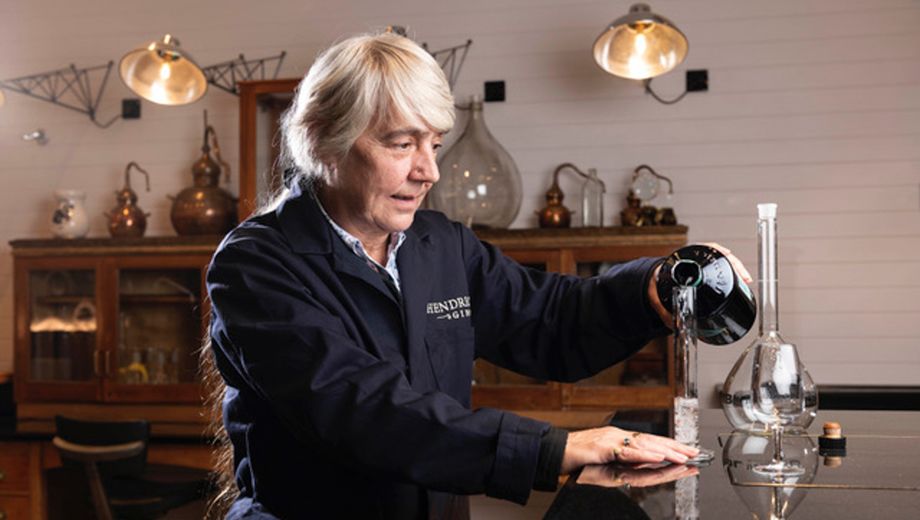
The door is stout, with curly wrought iron hinges, the only entrance in an imposing, 13-foot-high brick wall. It could be the exterior of an old castle here in Scotland, a bell hanging nearby to summon attention.
When the huge clapper dings, a small hatch rattles open to reveal a pair of eyes, like a guard greeting Dorothy arriving at Emerald City for the first time. “Who’s there?” he says, before recognizing the visitor “Och aye, come in.”
When the gates swing open, it’s an Oz-worthy sight: there’s a palatial building hidden inside, made mostly from glass and iron like a Victorian exhibition hall.
Two of the wings are hothouses, filled with plants, while between them sits a central conservatory festooned with decoration. A stuffed peacock perches proudly in one corner, near a pile of steam trunks. A coat rack is hung with tweed cloaks and pith helmets. Penny farthing bikes are racked together jauntily by the door.
The Gin Palace at Hendrick’s headquarters in Girvan, Scotland – an hour southwest of Glagow – is a custom-designed complex where the gin is made and new recipes are researched, and it embodies the eccentric marketing behind the British tipple. Every drop of Hendrick’s, drunk anywhere in the world, is produced right here.
Three giant stills, each spotlit with a flattering glow, are housed in an enormous cathedral-style space with a stained glass ceiling.
“Oh, it’s a cracking still,” says master distiller Lesley Gracie, looking lovingly at one of the paunchy copper pans, walking back and forth between them. If the Gin Palace is Oz, then the pixie-like Gracie is the wizard.
Twinkly-eyed, with a grey, Rapunzel-length braid swooping down her back, she’s as eccentric and endearing as the gin she invented.
It’s only fitting that, as the unsung inventor of what’s become a globally known gin, she should be given the chance to squire the first visitor round the new site, which is both a showcase for its studied eccentricity and a major investment aimed at futureproofing Hendricks’ production.
Two decades after devising the recipe, Gracie continues to tinker with tinctures here on behalf of Hendrick’s and its Scottish owner, William Grant & Sons. The family-run distiller counts Glenfiddich, The Balvenie, and a raft of other top shelf brands in its spirits portfolio.
Tasked with creating the company’s first gin, a quirky experiment from one of Scotland’s foremost whiskymakers, it was Gracie who engineered the winning recipe, mixing 11 botanicals into the distillation before adding squirts of cucumber and rose essence to the final blend, giving Hendrick’s its distinctive, smooth flavor – like drinking a country garden, on ice.
It debuted in America in 1999, proving a rapid success, and launched back home in the U.K. four years later, before rolling out worldwide.
Since then, the firm has underwritten a Phileas Fogg-style explorer mission to the Venezuelan jungle where Gracie gathered exotic botanicals, such as Scorpion’s Tail, and distilled them onsite.
The resulting liquid became the basis of an ultra-limited edition offshoot from Hendrick’s called Kanaracuni– of the 350 liters produced, just eight bottles remain – which ultimately morphed into the brand’s latest expression, Orbium.
Gracie added extra doses of wormwood, quinine, and blue lotus blossom to the original recipe for a gin that can more easily be drunk without tonic.
Further riffs on the core Hendrick’s recipe will now be devised here at the Gin Palace. As much pomp, circumstance, and style has been invested, the heart of the complex is R&D.
Those hothouses, for instance, were tailor-made to give Gracie easy, onsite access to a raft of new botanicals. The avid gardener brightens visibly when talking about cramming the Mediterranean wing with citrus varietals such as yuzu, lemon, orange or more esoteric options.
“Buddha’s hand is like a cross between the sourness of the grapefruit and the impact of the lemon, but it’s sweet as well,” she explains. “I did get a couple of them last year, and chopped ‘em, up and did all sorts of stuff.”
The adjacent Tropical wing will feature more esoteric, unfamiliar plants such as jackfruit, lotus, and even some of that Venezuelan Scorpion Tail, if it roots. “I know it’s not gonna be the same flavor, but I’m keen to see how it compares to growing in Venezuela.”
Wildflowers will be planted on the distillery’s grounds, as well, with these and the rest of the botanicals eventually making their way to Gracie’s lab, where steampunk-like wrought iron stools sit alongside modern rotovapors and wooden apothecary-style cabinets filled with bottles of experimental distillations of unusual herbs: bog myrtle, pineapple weed, some of that chopped-up Buddha’s Hand.
The other rationale behind the splashy Palace is a pragmatic: Hendrick’s needs to make more gin. In addition to the trio of stills gleaming in the entranceway, there’s now a mirror trio gurgling discreetly behind another door in the warehouse, doubling manufacturing capacity. Last year Hendrick’s sold more than 1 million cases for the first time, up form 73,000 in 2007.
Hendrick’s isn’t alone in this boom: With sales of more than £530 million (A$9557million) in 2017, it was a record year for British gin; the U.S. remained the top export destination at £184 million, up £12 million in value year-on-year.
Much of this modern-day Mother’s Ruin follows the Hendrick’s template, with gin made in Scotland by whisky distilleries keen for product that will ease cashflow while its malts take years to mature.
And of course, there’s a third major rationale to William Grant’s investment in the immersive Hendrick’s Gin Palace: plain-and-simple marketing. From the beginning, the brand’s faux-Victorian aesthetic and wittily offbeat branding has contributed as much to the success of Hendrick's as its taste.
Thanks to a quirky cucumber garnish in lieu of then-standard lemon or lime, a Hendrick’s drink was instantly identifiably, and sparked curious questions – an analog answer to a hashtag, decades before the term was coined.
But unlike The Macallan's sprawling new visitor center and Bombay Sapphire’s jewel-box of a distillery – which draws 100,000 plus visitors each year – the Gin Palace is not configured for thirsty, drop-in visitors. William Grant has taken a more selective approach.
Bartenders will be invited to come here to finesse their skills alongside select VIPs, who will tour the hot houses and gardens, meet with Lesley in her lab and taste her various experiments; the gin’s brand ambassadors will be tasked with identifying, and inviting, the first few such folks. If you want to wangle a visit for yourself, charm everyone you see wearing a pith helmet and a retro moustache in any bar.
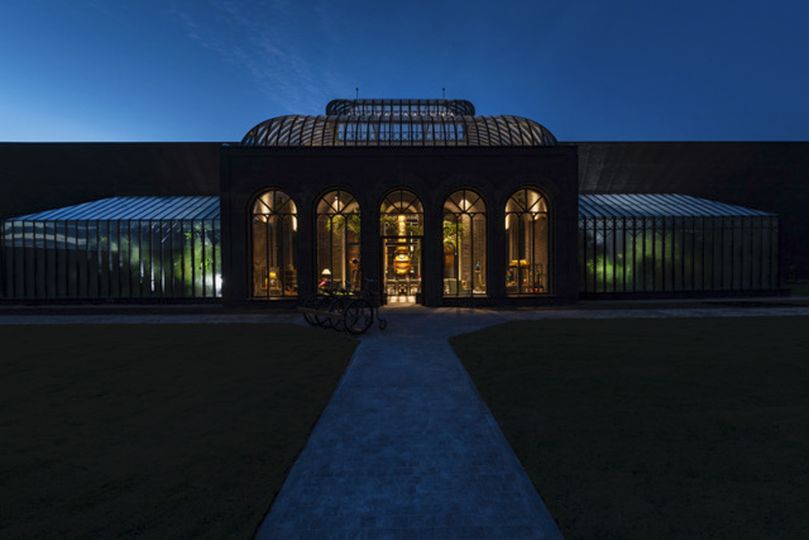
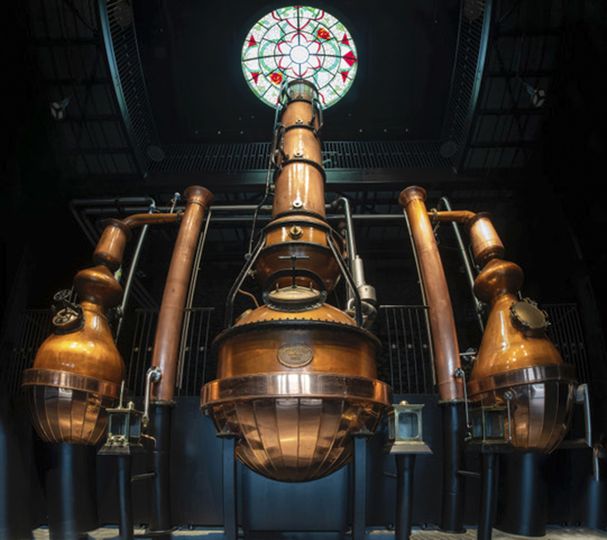
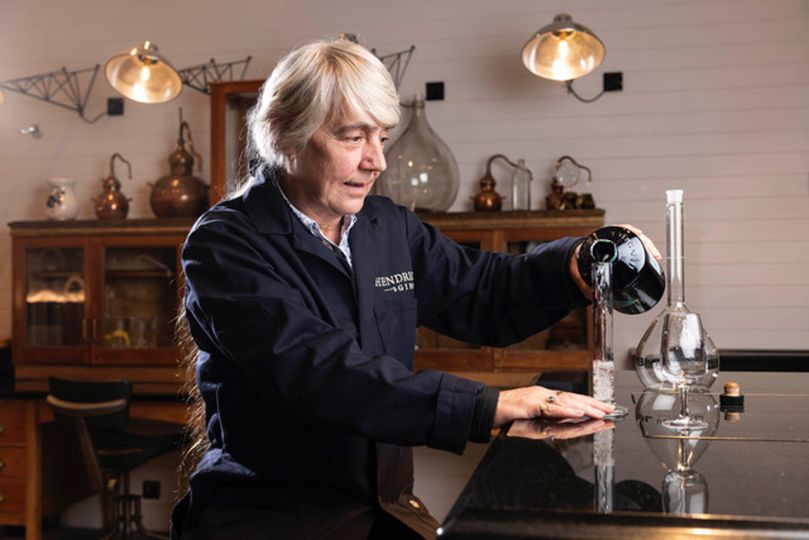
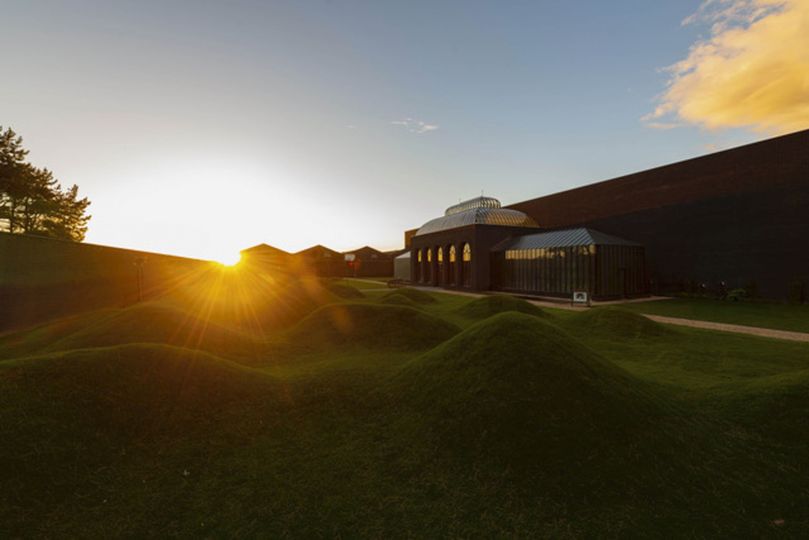

Hi Guest, join in the discussion on Meet Lesley Gracie, the unsung inventor of Hendrick's Gin